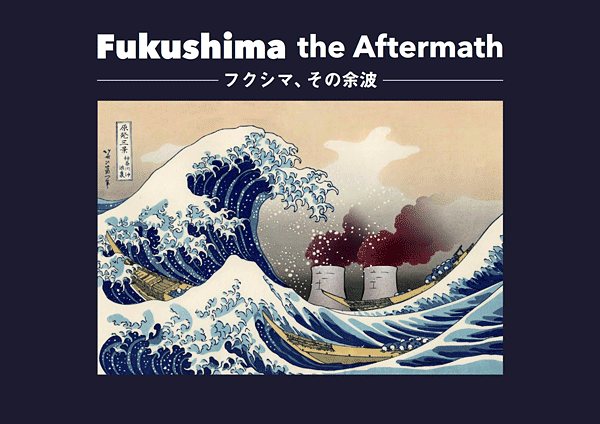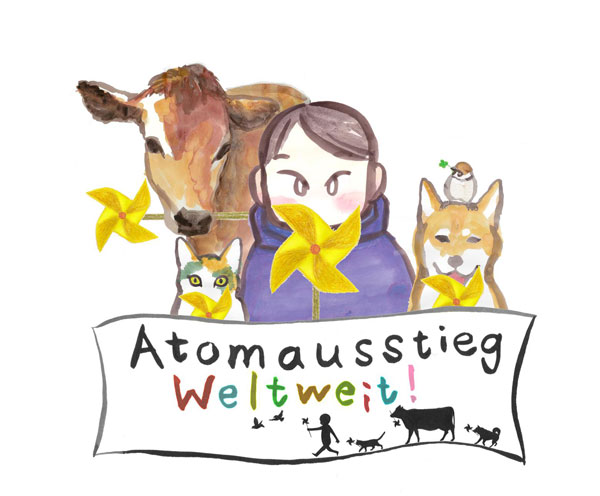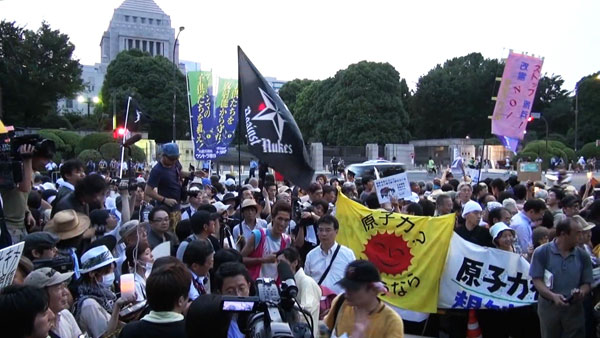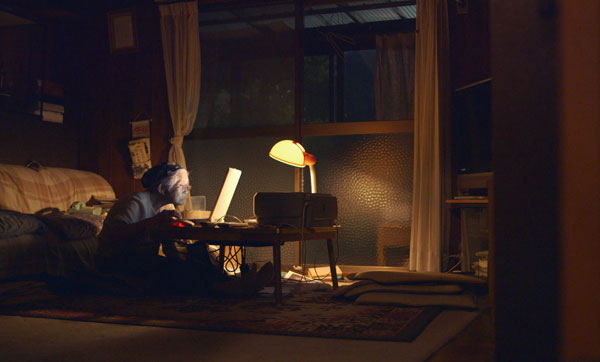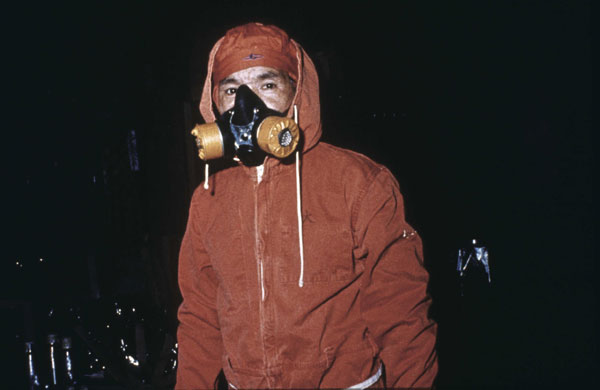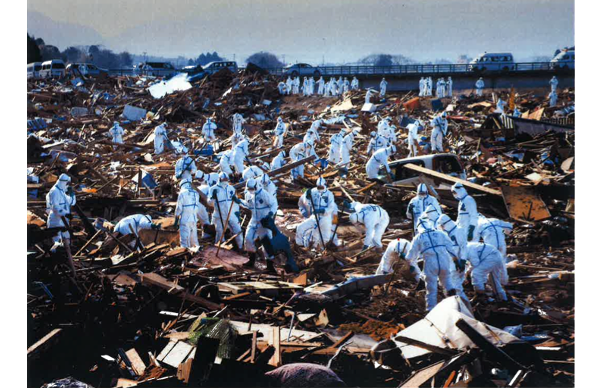MoveOn Petitions - Keep the Rocky Mountain Greenway out of the radioactive Rocky Flats National Wildlife Refuge Superfund Site
– In February 2013, former U.S. Secretary of the Interior, Ken Salazar, requested funds over crony merriment before announcing plans for the Rocky Mountain Greenway; a trail for hiking, biking, and horseback riding that would connect the Rocky Mountain National Park to three National Wildlife Refuges in the greater Denver area – Rocky Mountain Arsenal, Two Ponds and Rocky Flats Nuclear Production Facility. Originally, the proposed Greenway was to pass near and along the Rocky Flats National Wildlife Refuge. Over the last few days, the public has learned that the Greenway will enter the Rocky Flats Refuge and traverse land known since 1970 to be contaminated with plutonium-239 from the inner core of the now-closed Rocky Flats nuclear weapons facility.
In 1969, there was a major fire at the Rocky Flats plant. Ed Martell, a scientist with the non-government National Center for Atmospheric Research, asked officials at Rocky Flats to sample soil in areas downwind of Rocky Flats to see if plutonium had been released into the environment. When they declined, he and colleague, Stuart Poet, collected samples. Together, they found plutonium-239 up to 400 times deposits from nuclear test fallout. Upon sharing these results with Rocky Flats authorities, their findings were discredited and corrected. The burning of radioactive acreage in 1957 and 1969, as well as leakage from barrels of plutonium-laced waste that had been stored outdoors for a decade, were mostly ignored. Martell continued on his mission, revealed what they had found and described the dangerous public exposure to plutonium. The public was learning for the first time about the peril of plutonium in the environment.
To verify what Martell and Poet had found, the Atomic Energy Commission (predecessor to the Department of Energy) sent two of its own scientists, P. W. Krey and E. P. Hardy, to Colorado to collect samples. They produced a map that confirmed the work of Martell and Poet. It showed the presence of plutonium in the onsite area now proposed for this public recreation Greenway. This is an immensely long-term problem due to the 24,110-year half-life of plutonium-239; the Refuge will remain radioactive for more than a quarter-million years.
The 4,000 acre Wildlife Refuge presently surrounds the far more heavily contaminated 1,000 acre DOE-retained Superfund site, more than two square miles of land. Plutonium from this area will inevitably move onto the Refuge. Ground water will transport burrowing animals and plant uptake will surface 'actinides', where they can be moved onto the Refuge by wind, water or other activity. Tiny "alpha-emitting" airborne particles can readily be absorbed, inhaled and ingested.
U.S. Fish & Wildlife, the agency that manages the Wildlife Refuge, not only plans to run the Greenway through contaminated land, but it also wants local governments – Boulder and Jefferson Counties mainly; moreover, Boulder, Superior, Broomfield, Westminster and Arvada – to help pay for the project with an estimated total between $612,000 and $767,000. Local governments are being asked to spend taxpayer resources to potentially place recreationists at risk of radioactive exposure while visiting a contaminated site despite the fact that other prioritized major recreational trails underway have yet to be completed such as the cycling trails along U.S. 36.
The EPA and the Colorado Department of Public Health and Environment say the site is “safe,” because the plutonium levels do not exceed official standards for permissible exposure. However, the scientific community agrees that these standards are not sufficiently protective.
In 2006, the National Academy of Sciences affirmed that any exposure to ionizing radiation is potentially harmful. In a study published in 1997, scientists at Columbia University reported that a single plutonium alpha-particle induces mutations in mammal cells. In 1964, Hermann J. Muller, who received the 1946 Nobel Prize for his discovery of mutations in fruit flies exposed to radiation, wrote that the genetic effect of radiation exposure of humans may not be apparent until the passage of several generations. Ultimately, someone in the genetic chain will be unable to reproduce and will experience “genetic death.” Thus, he said, “the hereditary damage should be the chief touchstone in setting ‘permissible’ or ‘acceptable’ dose limits.” This has not happened. The science of radiation and its health effects have outstripped exposure standards.
Colorado has the strictest standard for plutonium in surface water in the country. National, state and local communities commend this, however, it still isn’t sufficient. Even with current standards, the public will be inevitably harmed if allowed access to the Rocky Flats National Wildlife Refuge – especially children, the most vulnerable.
Again, the Rocky Flats Wildlife Refuge should remain closed to the public. The Rocky Mountain Greenway must go around, not through the still contaminated, radioactive Refuge area.
MoveOn Petitions - Keep the Rocky Mountain Greenway out of the radioactive Rocky Flats National Wildlife Refuge Superfund Site









